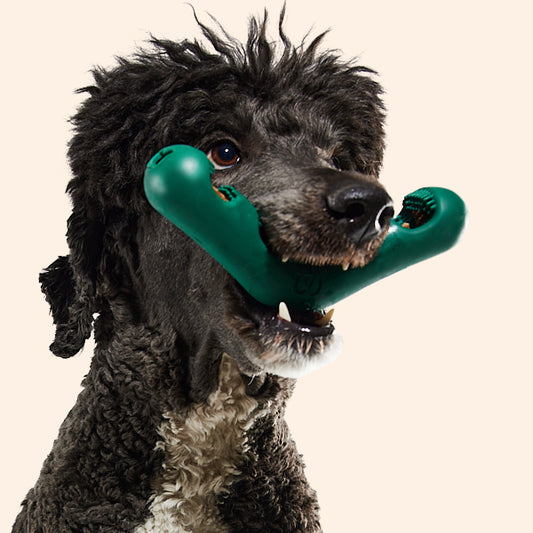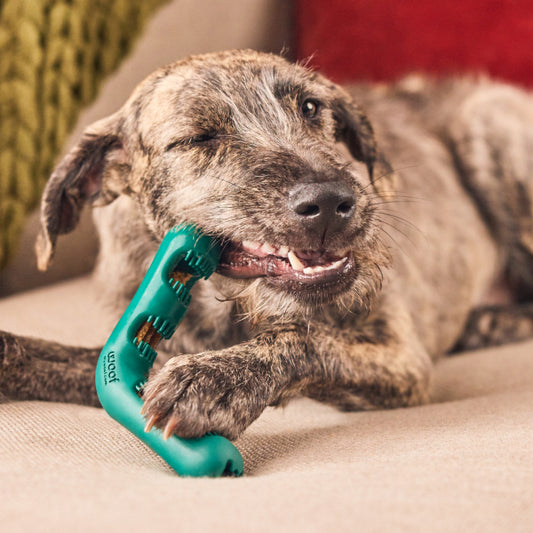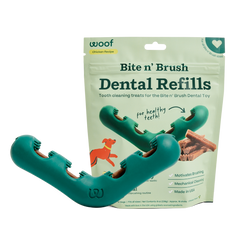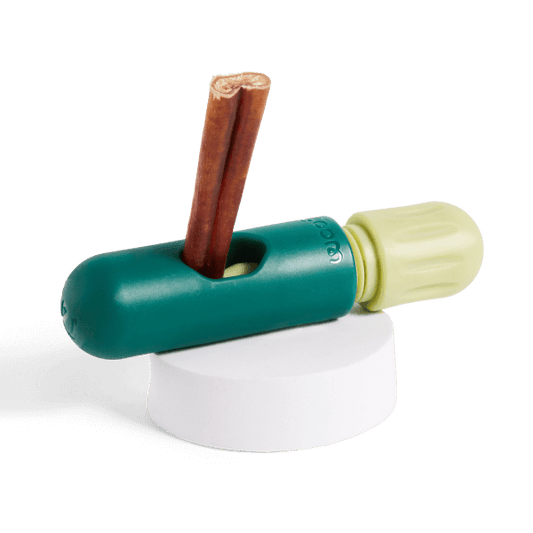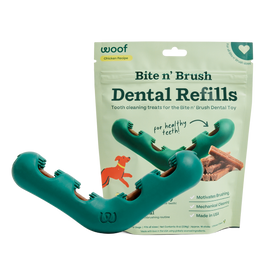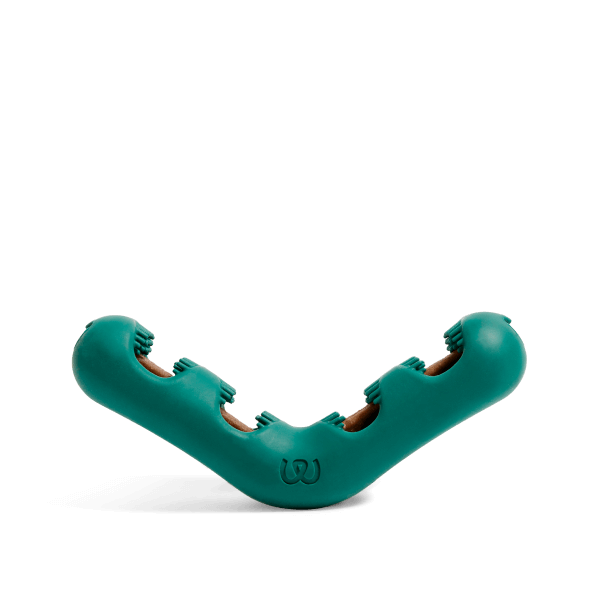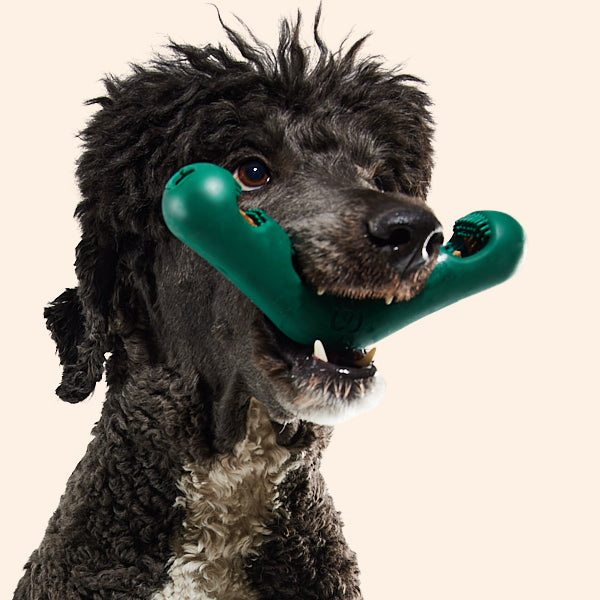
As a devoted dog owner, you've likely encountered moments when your furry friend’s barking seems incessant. While barking is a natural form of communication for dogs, excessive barking can become a concern. This leads many pet parents to consider anti-barking devices as a solution. But do veterinarians recommend these tools?
Generally, most veterinarians do not advocate for anti-barking devices as the primary solution to excessive barking. These devices, which range from ultrasonic emitters to vibration and spray collars, are designed to deter barking through unpleasant stimuli. However, they often fail to address the root cause of the behavior. Dogs bark for various reasons, including boredom, anxiety, fear, or attention-seeking. Without identifying and tackling the underlying issue, the use of such devices may only offer a temporary fix.
Understanding the Limitations of Anti-barking Devices
Anti-barking devices operate by introducing an aversive stimulus when a dog barks. For instance, ultrasonic devices emit a high-pitched sound, while spray collars release a burst of citronella. While these may interrupt barking momentarily, they don't teach the dog alternative, more appropriate behaviors. Moreover, some dogs may become desensitized to the stimulus over time, rendering the device ineffective.
It's also essential to consider the potential emotional impact on your pet. Using aversive methods can lead to increased anxiety or fear, potentially exacerbating behavioral issues. Positive reinforcement techniques, which reward desired behaviors, are often more effective and foster a trusting relationship between you and your dog.
Positive Reinforcement: A Humane Alternative
Instead of relying on deterrent devices, veterinarians and professional trainers recommend positive reinforcement training. This approach involves rewarding your dog for calm and quiet behavior, thereby encouraging them to repeat it. For example, when your dog remains quiet in a situation that would typically trigger barking, reward them with a treat or praise.
Incorporating engaging toys can also be beneficial. Products like The Pupsicle or the Bite n' Brush provide mental stimulation, keeping your dog occupied and less likely to bark out of boredom.
Addressing the Root Causes of Barking
To effectively reduce excessive barking, it's crucial to identify and address its root causes:
- Boredom: Ensure your dog receives adequate physical exercise and mental stimulation. Regular play sessions and interactive toys can help alleviate boredom-induced barking.
- Anxiety or Fear: If your dog barks due to anxiety, consider gradual desensitization to the stressor and provide a safe space for them to retreat. In some cases, calming aids like the Calming Wellness Pops can be beneficial.
- Attention-Seeking: Teach your dog that quiet behavior earns your attention. Consistently reward them when they're calm and avoid reinforcing barking by giving in to demands.
When Might Anti-barking Devices Be Considered?
While not typically recommended, anti-barking devices might be considered in specific situations and under professional guidance. For instance, if a dog's excessive barking poses a safety risk or leads to potential rehoming, a veterinarian or certified dog trainer might suggest a device as a temporary measure, combined with a comprehensive behavior modification plan.
It's imperative to consult with a professional before introducing any anti-barking device to ensure it's appropriate for your dog's specific situation and used correctly.
Building a Stronger Bond Through Training
Training your dog using positive methods not only addresses unwanted behaviors but also strengthens the bond between you and your pet. Patience, consistency, and understanding are key. Remember, every dog is unique, and what works for one may not work for another. By focusing on the underlying causes of barking and employing humane training techniques, you can help your dog become a well-behaved and happy member of your family.





